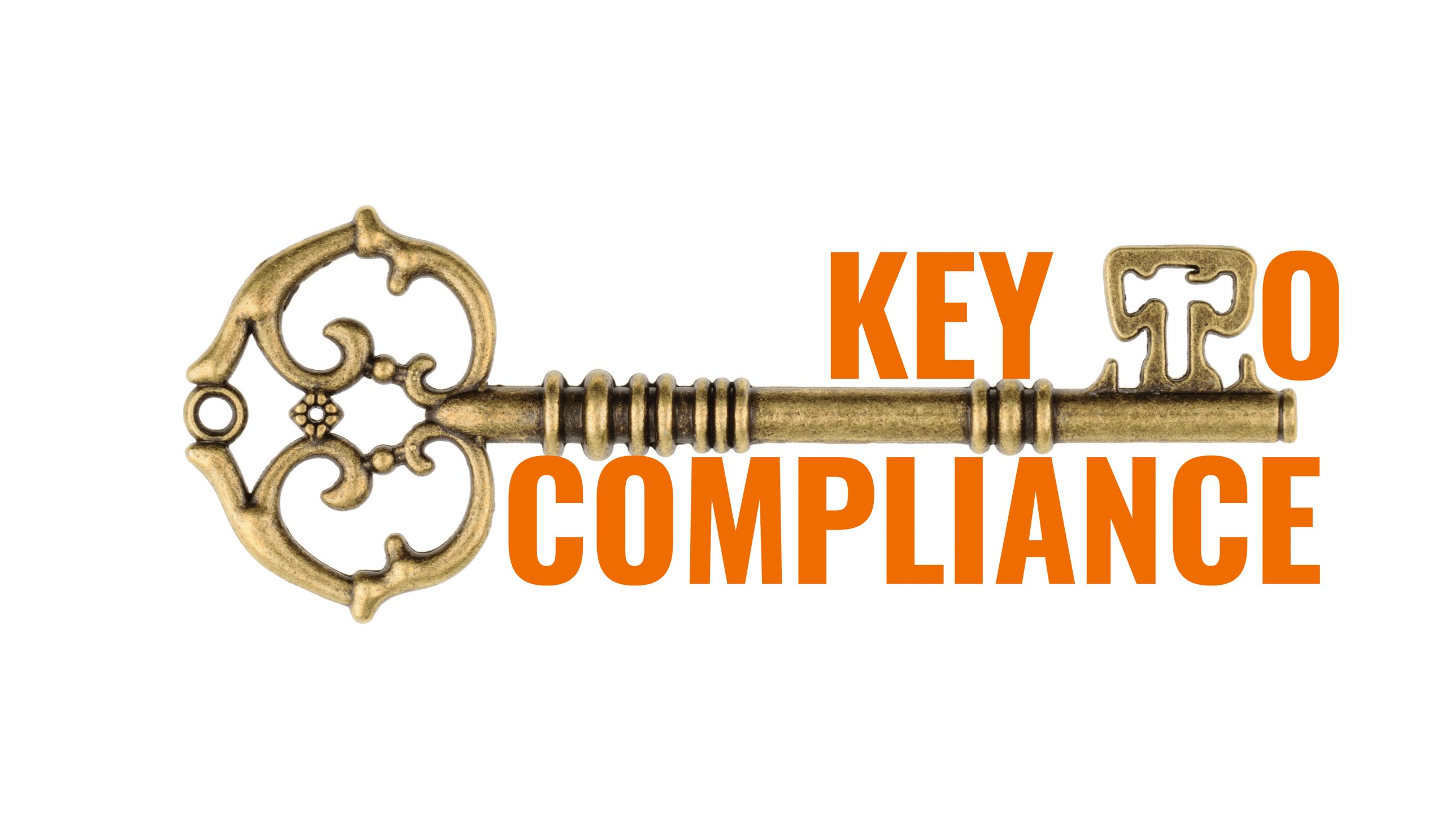Design Validaiton is a requirement of regulators prior to placing a product on the market. It is considered the last step of the Design Control process prior to transfer of the design to manufacturing. However, it is intimately tied to Process Validation a portion of Production Controls. Companies must assure that they are properly conducting Design Validation with products from a validated production process to avoid audit/inspection observations, and the risk of placing a violative product on the market.
Find below the regulations to look out for design validation as stated in http://www.fda.gov/
I. REQUIREMENTS
§ 820.30(g) Design validation.
Each manufacturer shall establish and maintain procedures for validating the device design.
Design validation shall be performed under defined operating conditions on initial production units, lots, or batches, or their equivalents.
Design validation shall ensure that devices conform to defined user needs and intended uses and shall include testing of production units under actual or simulated use conditions.
Design validation shall include software validation and risk analysis, where appropriate.
The results of the design validation, including identification of the design, method(s), the date, and the individual(s) performing the validation, shall be documented in the Design History File.
Cross-reference to ISO 9001:1994 and ISO/DIS 13485 section 4.4.8 Design validation.
II. DEFINITIONS
§820.3(y) Specification means any requirement with which a product, process, service, or other activity must conform.
§ 820.3(z) Validation means confirmation by examination and provision of objective evidence that the particular requirements for a specific intended use can be consistently fulfilled.
Process Validation means establishing by objective evidence that a process consistently produces a result or product meeting its predetermined specifications.
Design Validation means establishing by objective evidence that device specifications conform with user needs and intended use(s).
§820.3(aa) Verification means confirmation by examination and provision of objective evidence that specified requirements have been fulfilled.
III. DISCUSSION AND POINTS TO CONSIDER
Whereas verification is a detailed examination of aspects of a design at various stages in the development, design validation is a cumulative summation of all efforts to assure that the design will conform with user needs and intended use(s), given expected variations in components, materials, manufacturing processes, and the use environment.
VALIDATION PLANNING. Planning for validation should begin early in the design process. The performance characteristics that are to be assessed should be identified, and validation methods and acceptance criteria should be established. For complex designs, a schedule of validation activities and organizational or individual responsibilities will facilitate maintaining control over the process. The validation plan should be reviewed for appropriateness, completeness, and to ensure that user needs and intended uses are addressed.
VALIDATION REVIEW. Validation may expose deficiencies in the original assumptions concerning user needs and intended uses. A formal review process should be used to resolve any such deficiencies. As with verification, the perception of a deficiency might be judged insignificant or erroneous, or a corrective action may be required.
VALIDATION METHODS. Many medical devices do not require clinical trials. However, all devices require clinical evaluation and should be tested in the actual or simulated use environment as a part of validation. This testing should involve devices which are manufactured using the same methods and procedures expected to be used for ongoing production. While testing is always a part of validation, additional validation methods are often used in conjunction with testing, including analysis and inspection methods, compilation of relevant scientific literature, provision of historical evidence that similar designs and/or materials are clinically safe, and full clinical investigations or clinical trials.
Some manufacturers have historically used their best assembly workers or skilled lab technicians to fabricate test articles, but this practice can obscure problems in the manufacturing process. It may be beneficial to ask the best workers to evaluate and critique the manufacturing process by trying it out, but pilot production should simulate as closely as possible the actual manufacturing conditions.
Validation should also address product packaging and labeling. These components of the design may have significant human factors implications, and may affect product performance in unexpected ways. For example, packaging materials have been known to cause electrostatic discharge (ESD) failures in electronic devices. If the unit under test is delivered to the test site in the test engineer’s briefcase, the packaging problem may not become evident until after release to market.
Validation should include simulation of the expected environmental conditions, such as temperature, humidity, shock and vibration, corrosive atmospheres, etc. For some classes of device, the environmental stresses encountered during shipment and installation far exceed those encountered during actual use, and should be addressed during validation.
Particular care should be taken to distinguish among customers, users, and patients to ensure that validation addresses the needs of all relevant parties. For a consumer device, the customer, user, and patient may all be the same person. At the other extreme, the person who buys the device may be different from the person who routinely uses it on patients in a clinical setting. Hospital administrators, biomedical engineers, health insurance underwriters, physicians, nurses, medical technicians, and patients have distinct and sometimes competing needs with respect to a device design.
VALIDATION DOCUMENTATION. Validation is a compilation of the results of all validation activities. For a complex design, the detailed results may be contained in a variety of separate documents and summarised in a validation report. Supporting information should be explicitly referenced in the validation report and either included as an appendix or available in the design history file.
